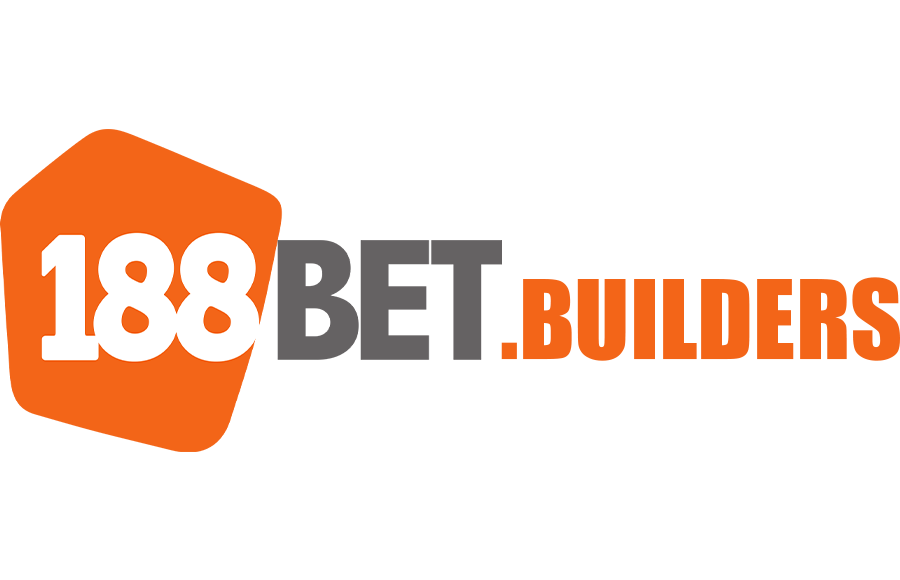
Revolutionizing Marketing Efficiency with Campaign Automation Tools
In the increasingly competitive digital landscape, businesses require powerful solutions to enhance their marketing strategies and improve efficiency. One of the most effective ways to achieve this is through the utilization of campaign automation tools Soft2Bet casino campaign automation tools. These tools help marketers automate repetitive tasks, streamline processes, and measure the effectiveness of campaigns in real time. In this article, we’ll explore what campaign automation tools are, their benefits, potential challenges, and best practices for implementation.
What Are Campaign Automation Tools?
Campaign automation tools are software applications designed to facilitate the execution, management, and optimization of marketing campaigns. They allow businesses to automate various marketing tasks, such as email marketing, social media posting, lead scoring, and customer segmentation, resulting in improved efficiency and reduced human error.
By automating these marketing functions, companies can allocate their resources more effectively and focus on strategic initiatives that drive growth.
Benefits of Using Campaign Automation Tools
1. **Efficiency and Productivity**: One of the most significant advantages of campaign automation is the increase in efficiency. Tasks that once took hours to complete can now be done in minutes. Automated systems handle large volumes of repetitive tasks without manual intervention, allowing marketing teams to focus on creative and strategic activities.
2. **Personalization**: Automation tools make it easier to implement personalized marketing strategies. By leveraging data analytics, businesses can segment their audience based on behavior, demographics, and preferences, tailoring messages accordingly. This level of personalization can increase engagement rates and drive conversions.
3. **Real-Time Analytics**: Most campaign automation tools come equipped with robust analytics features, enabling marketers to track performance in real time. These insights are invaluable for identifying which strategies are working and which need adjustment. Real-time data helps businesses make informed decisions quickly, enhancing agility and responsiveness.
4. **Cost Savings**: Automating repetitive marketing tasks can significantly reduce costs. Fewer hours spent on manual processes mean lower labor costs, and the improved effectiveness of campaigns can also contribute to higher return on investment (ROI).
5. **Enhanced Customer Experience**: Campaign automation tools often include features that allow businesses to interact with customers seamlessly across multiple channels. These tools help ensure that customers receive timely and relevant information, ultimately leading to a better overall experience.
Key Features of Effective Campaign Automation Tools
When selecting a campaign automation tool, it’s essential to look for features that align with your business needs. Some of the key features to consider include:
– **Email Marketing Automation**: Allows you to create, schedule, and manage email campaigns effortlessly, including drip campaigns that nurture leads over time.
– **Customer Relationship Management (CRM) Integration**: A good automation tool should integrate with your existing CRM system to help manage customer data effectively.
– **Lead Scoring**: Automated lead scoring systems help prioritize leads based on their engagement and likelihood to convert.
– **Social Media Management**: Automation tools often include features for scheduling and managing social media posts across multiple platforms.

– **A/B Testing**: These tools can help optimize campaigns by testing different versions of emails, landing pages, or advertisements to see which performs better.
– **Reporting and Analytics**: Robust analytics features provide insights into campaign performance, lead behavior, and ROI.
Challenges in Implementing Campaign Automation Tools
Despite the many advantages, adopting campaign automation tools can come with challenges:
1. **Complexity and Learning Curve**: Some automation tools come with a steep learning curve. Training staff to use new technology can require time and resources.
2. **Integration Issues**: Ensuring that the new tools integrate smoothly with existing systems can be problematic. Companies must carefully consider compatibility and plan for potential challenges during implementation.
3. **Over-Automation**: While automation is beneficial, over-automating certain processes can lead to a lack of authenticity and personal touch, which may alienate customers.
4. **Data Privacy Concerns**: With increasing regulations surrounding data privacy, companies must ensure that their automation practices comply with legal requirements and that customer data is handled responsibly.
Best Practices for Campaign Automation
To maximize the benefits of campaign automation tools and overcome challenges, businesses should consider the following best practices:
1. **Define Clear Goals**: Before implementing any automation tool, it’s crucial to establish clear objectives. Determine what you want to achieve, whether it’s increasing lead generation, improving customer engagement, or enhancing sales.
2. **Select the Right Tools**: Carefully evaluate different automation tools based on features, ease of use, and compatibility with existing systems. Take advantage of free trials to understand how well a tool fits your needs.
3. **Train Your Team**: Invest in training for your marketing team to ensure they understand how to use the tools effectively. This investment pays off in the long run through increased efficiency and effectiveness.
4. **Start Small**: Instead of automating everything at once, take a phased approach. Start with a few key processes, monitor the results, and gradually expand automation efforts as your team becomes more comfortable with the technology.
5. **Monitor and Optimize**: Continuously track the performance of automated campaigns and make adjustments as needed. Use analytics to derive insights and inform future strategies.
6. **Maintain Personal Touch**: While automation is about efficiency, it’s essential to maintain a personal touch in customer interactions. Find the right balance between automation and personal engagement to foster strong customer relationships.
Conclusion
In today’s fast-paced digital environment, campaign automation tools are vital for businesses aiming to enhance efficiency, deliver personalized experiences, and achieve better results. By incorporating these tools into their marketing strategies, organizations can free up resources, improve their campaigns’ effectiveness, and ultimately drive growth.
However, like any technology, success with campaign automation tools requires careful planning, execution, and ongoing optimization. By following best practices and being mindful of potential challenges, businesses can harness the power of automation to elevate their marketing strategies and gain a competitive edge in the market.
